1. RadioShack
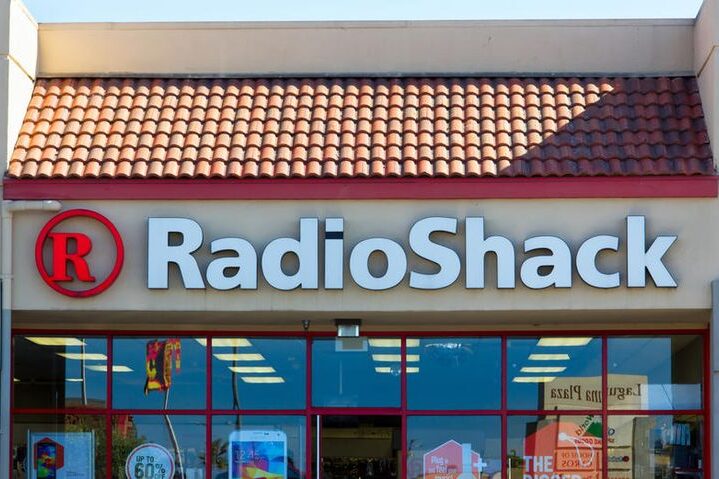
Sometimes it is surprising how quickly once-loved stores fade away, and RadioShack is a good place to start. Everyone seemed to have one nearby, whether for batteries, cables, or tiny parts for school projects. It was the go-to stop for anything electronic, lasting through decades when technology was still fresh and exciting. But bigger chains and online shopping soon made it irrelevant, and by 2015, bankruptcy had closed most doors. For many, the little aisles of gadgets weren’t just about shopping but discovery. Today, RadioShack lives mostly in memories of tinkering and the smell of new electronics.
2. Pan Am
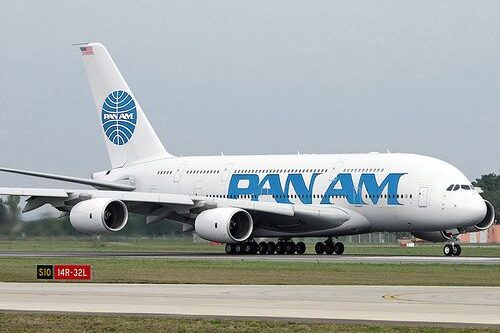
Pan Am was never just an airline, it was a symbol of sophistication. With sleek planes, glamorous uniforms, and global reach, it defined the golden age of air travel. Families remember their first flights with excitement, where service and style seemed inseparable. Sadly, fuel costs, competition, and poor management pushed the company out of the sky by 1991. Its famous logo still sparks nostalgia for a time when flying felt like an event, not just a necessity. Even though it disappeared decades ago, Pan Am remains an icon that travelers still mention when speaking about aviation history.
3. Blockbuster
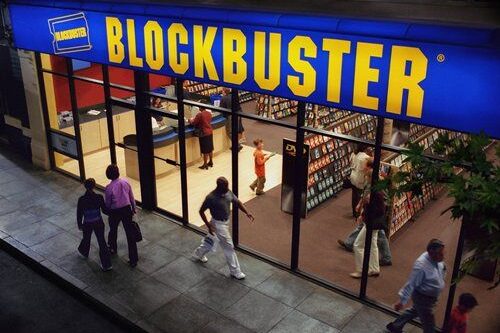
A weekend tradition for many families was a trip to Blockbuster. Rows of VHS tapes and DVDs turned movie night into an adventure. People loved the ritual of browsing shelves, picking snacks, and choosing the perfect film. At its peak, Blockbuster had thousands of stores worldwide, but streaming services changed everything. Unable to adapt, the company eventually closed its last corporate stores by 2014. One remaining location in Oregon serves as a nostalgic attraction. For many, Blockbuster represents a slower, more communal time when entertainment meant leaving the house, not scrolling endlessly for something to watch.
4. CompuServe

Before social media, streaming, and modern internet giants, CompuServe was a pioneer. It introduced people to the idea of online communities, email, and digital information long before most households had regular internet access. In the 1980s and early 1990s, it was considered groundbreaking, connecting people in ways that felt futuristic. But as AOL and other providers expanded, CompuServe lost its edge and was absorbed before fading out. For those who used it, dialing in felt like a ticket to another world. Though gone, CompuServe remains part of the foundation that shaped how we connect online today.
5. Napster
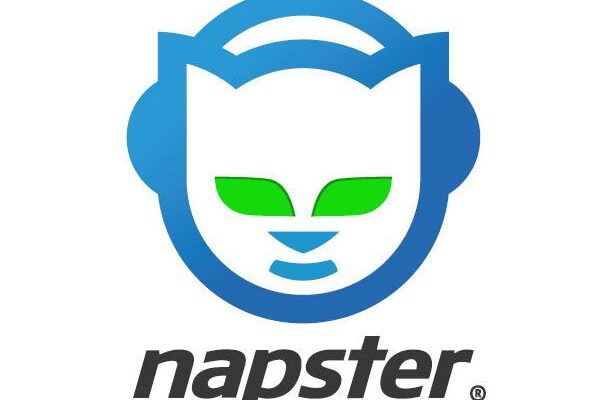
Napster changed how an entire generation discovered music. Launched in 1999, it allowed millions to share songs freely in a way that seemed magical at the time. Friends built playlists, traded files, and uncovered artists they might never have heard otherwise. But record labels quickly sued, and by 2001 the original Napster was shut down. While short lived, its influence shaped how people believed music should be accessed and shared. Services like Spotify and Apple Music owe much to Napster’s daring start. It may have disappeared, but it permanently altered the rhythm of how music reaches listeners.
6. Kodak
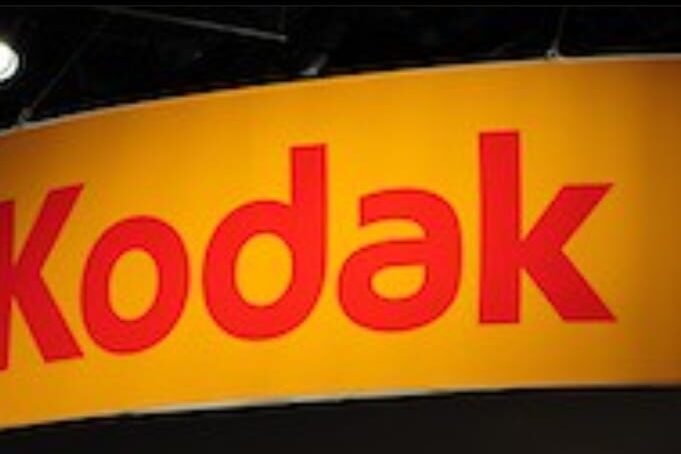
For decades, Kodak was photography. Vacations, graduations, birthdays, and weddings were captured on Kodak film. The brand’s colors and tagline became part of everyday life, with families waiting eagerly for printed photos to return. Despite inventing one of the first digital cameras, Kodak hesitated to abandon film. That delay proved costly, and by 2012, bankruptcy ended its dominance. Today, Kodak exists in smaller forms, but its place in culture has shifted. People remember yellow boxes, disposable cameras, and photo albums packed with glossy prints. Kodak’s story is less about losing relevance and more about missing a crucial moment.
7. Nokia
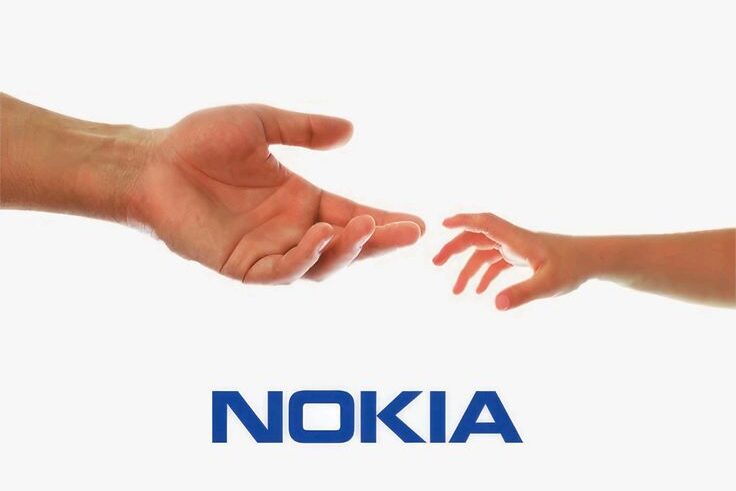
Once the king of mobile phones, Nokia seemed untouchable. Its sturdy designs, long lasting batteries, and games like Snake made it beloved worldwide. At one point, nearly everyone had a Nokia in their pocket, and it held massive market share. Yet when Apple introduced the iPhone and Android followed, Nokia could not keep pace. In 2013, it sold its phone division to Microsoft, stepping back from a market it had once defined. While the brand still exists in other areas, it never returned to its former dominance. For many, Nokia remains remembered for its simplicity and durability.
8. Circuit City
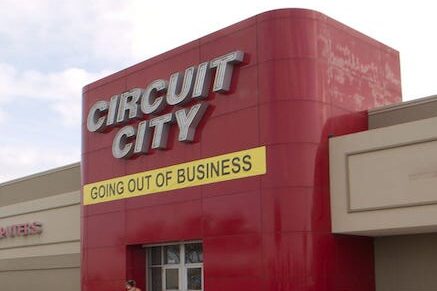
Circuit City once felt like a paradise for anyone looking to upgrade electronics. From televisions to stereos and computers, it offered variety and helpful staff. Families often visited when big purchases like appliances were needed. Yet, with the rise of Best Buy and later online shopping, Circuit City’s footing grew shaky. Decisions to change sales models weakened it further. By 2009, the chain had closed all its stores. For former shoppers, Circuit City was not just about products, but also about advice and demonstrations. Today, its name lingers mostly as a memory of how retail can disappear quickly.
9. Toys “R” Us
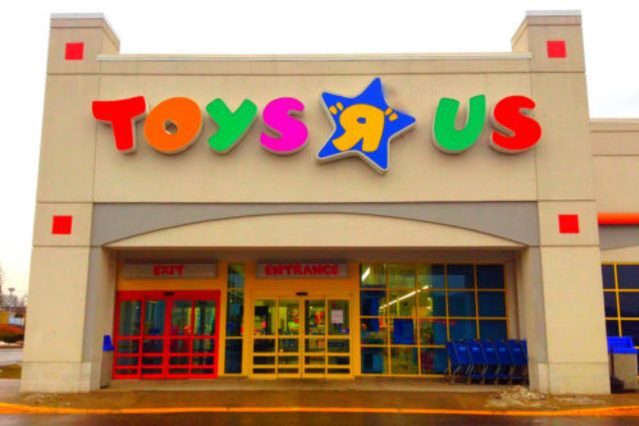
For kids, Toys “R” Us was the closest thing to magic. Walking through those bright aisles meant being surrounded by dolls, games, puzzles, and action figures stacked high. Its mascot Geoffrey the Giraffe became instantly recognizable, a symbol of joy. Yet the company struggled as online shopping and larger chains gained ground. In 2018, bankruptcy led to the closure of most stores, leaving many families with bittersweet feelings. While a few locations have reopened under new ownership, the brand has never regained its spark. For those who grew up with it, Toys “R” Us remains tied to childhood wonder.
10. Polaroid

Polaroid made photography feel instant. Snap a photo, wait a short moment, and there it was, developing right in your hands. This simple magic turned Polaroid into a cultural icon, appearing at parties, family gatherings, and creative projects. But when digital cameras arrived, the need for instant film faded, and Polaroid declared bankruptcy in 2008. Though smaller revivals have come and gone, its prime years are long past. For many, Polaroid represents tactile memories that felt immediate and personal. Holding a picture seconds after taking it carried a charm that today’s digital screens can never fully recreate.
11. Borders
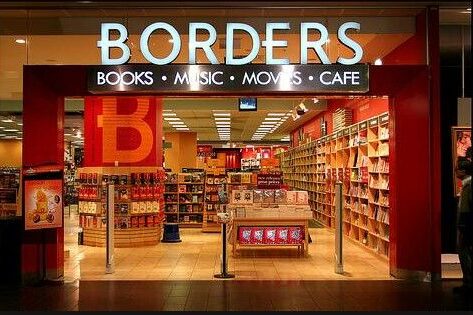
Bookstores always held a special place for readers, and Borders was among the best. Known for wide aisles, in store cafes, and endless shelves, it was as much a hangout spot as a shop. Readers browsed for hours, flipping through pages with a coffee in hand. Yet as e-books and Amazon gained ground, Borders struggled. By 2011, it closed its doors permanently, leaving book lovers with fewer gathering spots. Barnes and Noble survived, but many still miss the community feel Borders offered. Its absence is a reminder of how quickly cozy traditions can be replaced by convenience.
12. Woolworth’s

For decades, Woolworth’s was a cornerstone of American retail. Shoppers could find clothing, household goods, and even enjoy meals at its famous lunch counters. Generations remember stopping in for affordable items and a sense of community. But as larger discount chains grew stronger, Woolworth’s lost relevance. By the early 1990s, its U.S. stores closed, ending an era. While the brand name survives in other parts of the world, in America it is only a memory. Woolworth’s represents a time when department stores were not just for shopping but also for social life and everyday essentials.
13. The Sharper Image
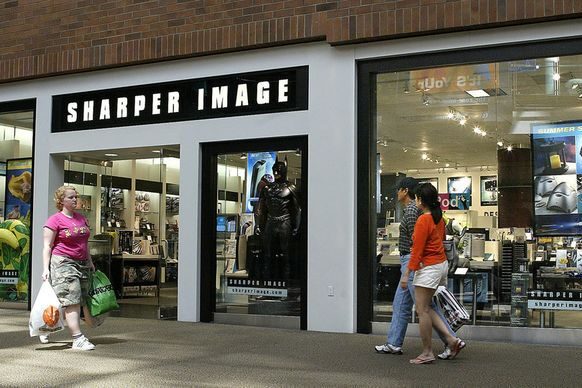
The Sharper Image was a place of wonder for anyone curious about unusual gadgets. Its catalog filled with massage chairs, quirky electronics, and futuristic looking tools felt almost like science fiction. People enjoyed flipping through its pages or browsing stores for fun. But as online shopping grew and competitors offered cheaper versions, Sharper Image lost its shine. In 2008, it filed for bankruptcy, closing down physical stores. Some products still carry its name today, but the original experience is gone. For many, The Sharper Image remains tied to curiosity, discovery, and a sense of playful imagination.
14. Sports Authority
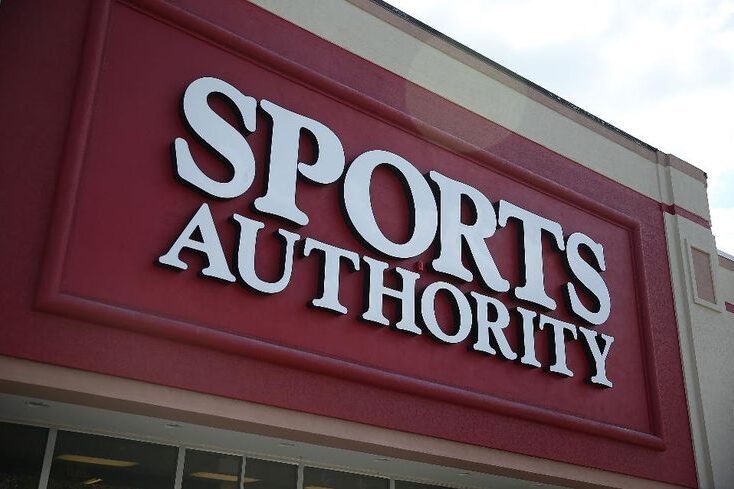
Sports Authority was the kind of store where families went to gear up for games. Whether it was soccer cleats, basketballs, or fitness equipment, it seemed to have everything under one roof. For years, it thrived as a go to destination for athletes and parents. But as competitors like Dick’s Sporting Goods expanded and online options took hold, Sports Authority fell behind. In 2016, the company filed for bankruptcy, closing its stores. The brand’s disappearance left a noticeable gap in malls. For many, Sports Authority was the place where childhood sports seasons began with excitement.
15. Lehman Brothers
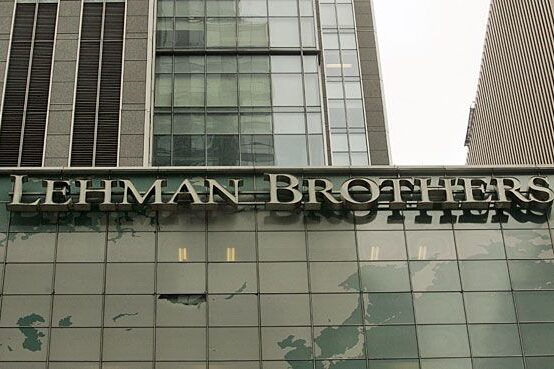
Unlike many on this list, Lehman Brothers was not a consumer favorite but a financial powerhouse. With roots tracing back to the 1800s, it was one of the largest investment banks in the world. Yet in 2008, it collapsed during the financial crisis, marking one of the most dramatic bankruptcies in history. Its fall shook global markets and became a symbol of corporate overreach and economic vulnerability. Though not a household shopping name, its absence reshaped trust in financial institutions. Lehman Brothers remains a reminder of how fragile even the strongest seeming institutions can turn out to be.
16. Tower Records
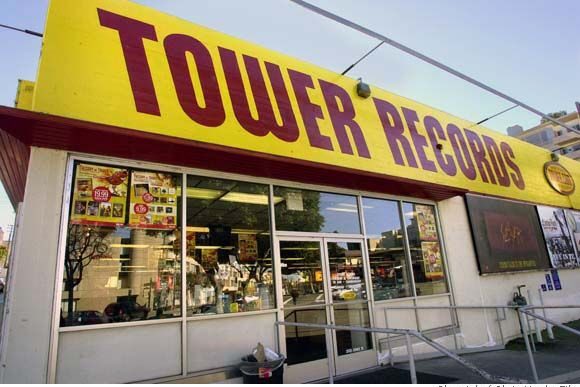
For music lovers, Tower Records was more than a store. It was a destination filled with rows of vinyl, CDs, posters, and staff recommendations that often shaped tastes. People could spend hours browsing and discovering new sounds. In its prime, it was a cultural hub where fans and artists alike felt connected. But as digital downloads and streaming grew, Tower Records could not keep pace. By 2006, bankruptcy had forced closures. Today, its name lives on online and abroad, but the massive stores are gone. Tower Records still resonates with those who loved the ritual of music shopping.
17. Montgomery Ward

Montgomery Ward pioneered shopping convenience with its famous catalogs, delivering goods to homes across America. Later, it expanded into department stores that anchored many communities. Families relied on it for clothing, appliances, and holiday gifts. Yet competition from Walmart and other retailers slowly pushed it aside. By 2001, the company shut down its stores for good. Though the brand reappeared in small online ventures, it never returned to its former strength. For many, Montgomery Ward recalls memories of flipping through thick catalogs and circling items with excitement. It shaped shopping habits long before modern e-commerce ever arrived.
18. Western Union Overnight Service
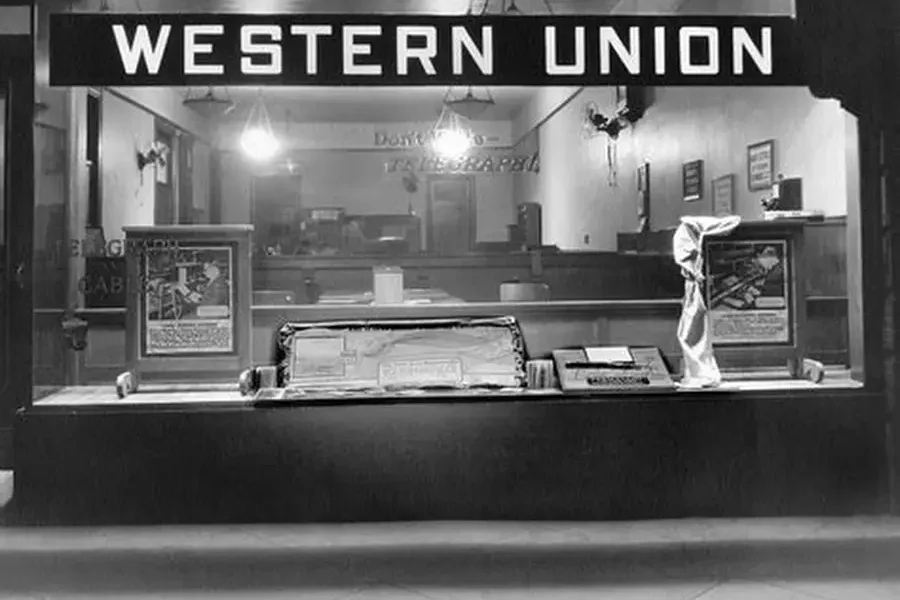
Before FedEx and UPS became household names, Western Union offered overnight delivery services that businesses and individuals trusted. In an era before email or easy courier options, it was a vital tool for sending documents quickly. Yet as faster, more reliable companies emerged, Western Union gradually phased out the service. By the 1980s, it was gone. Western Union still exists for money transfers, but its delivery service is forgotten by many. For older generations, it recalls a time when sending something overnight felt modern. Today, it stands as a stepping stone in the story of rapid communication.
19. CompUSA

CompUSA was a playground for tech enthusiasts. From hardware to software, accessories to entire systems, it offered everything under one roof. In the 1990s, it was the place where people bought their first computers or explored new programs. But as Best Buy strengthened its hold and online shopping grew, CompUSA could not keep up. By the mid 2000s, it had closed most of its stores. Attempts to revive the name were short lived. For many, CompUSA brings back memories of wide aisles packed with possibility. It represents a time when computer shopping felt like stepping into the future.
20. K-Mart

K-Mart once stood tall as one of America’s biggest discount chains, famous for its Blue Light Specials and affordable finds. Families counted on it for clothing, home goods, and seasonal shopping. At its peak, it had thousands of stores nationwide. But as Walmart and Target expanded, K-Mart slipped further behind. By the 2010s, bankruptcy and closures left only a handful of locations open. Shoppers who remember it think fondly of family trips and bargains. K-Mart’s decline marks the end of this list, a reminder that even retail giants once thought permanent can quietly fade into history.
This story 20 Once-Loved Companies That Vanished from Our Lives was first published on Daily FETCH


